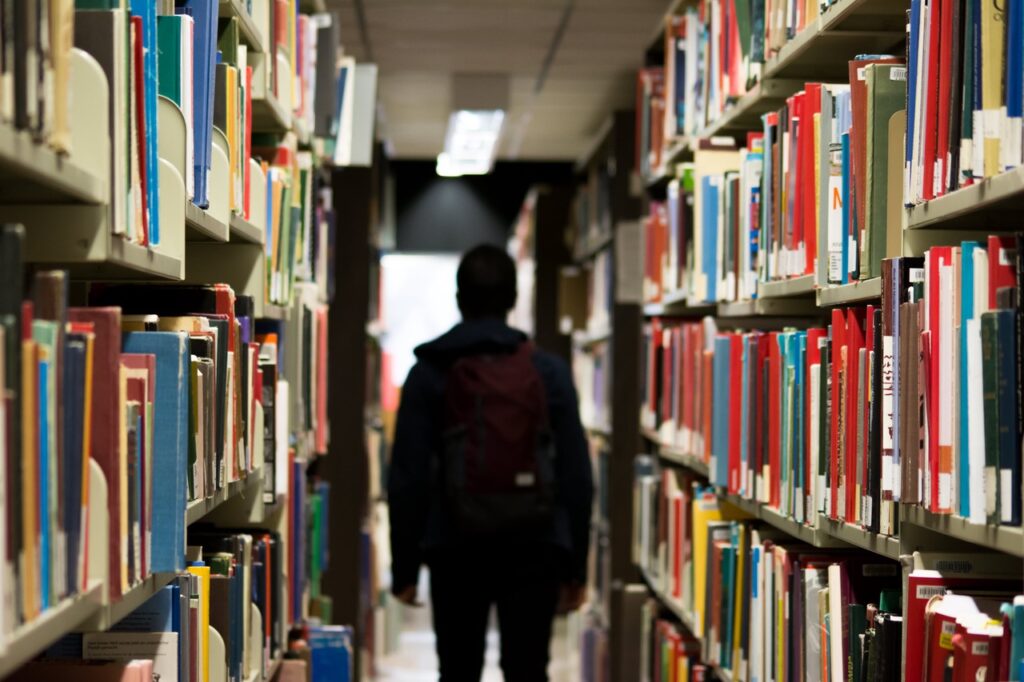This is the second in a two-part series about my visit with Jan Nijhoff, who works with the Common Market for Eastern and South Africa (COMESA) and Michigan State University in Lusaka, Zambia. Cross posted from Worldwatch Institute’s Nourishing the Planet.
The initiative is focused especially on MDG #1, the goal of halving both the number of people who earn less than a dollar a day and the number of hungry people worldwide by 2015.
CAADP works on four main pillars or programs: extending the area under sustainable land management and reliable water control systems; improving rural infrastructure and trade-related capacities for market access; increasing food supply, reducing hunger, and improving responses to food emergency crises; and improving agriculture research and technology dissemination and adoption.
But achieving these goals (and MDG #1) will require increasing agricultural growth across Africa by 6 percent per year, according to CAADP. To do that, African governments will need to spend 10 percent of their annual budgets on agricultural development–up from only around 5 percent currently.
The “beauty of the CAADP approach,” Nijhoff says, “is that it holds governments accountable” through agreements, or compacts, that they develop with COMESA. These compacts, which outline extensive government actions, can help countries achieve greater agricultural growth while also protecting the environment. Essentially, Nijhoff says, they are “game plans” that specify where a country needs to spend its resources, where donors and the private sector can play a role, and what policies need to be in place before an investment can happen. They can include actions like building more roads to reduce transport costs for farmers and other businesses.
COMESA has also launched a regional compact initiative with FANRPAN (which I’ll be writing about in future blogs) and other partners to identify interventions that are already common among member states, as well as activities that can have a regional impact.
By focusing on national and regional economic development, and by showing donors where to spend their money, both COMESA and CAADP hope to increase food security, improve livelihoods, and achieve the MDGs for millions of people in eastern and southern Africa. And although skeptics of the program claim that it’s “donor pushed,” Nijhoff says it should be viewed as “African led” because agriculture and trade ministers are working in collaboration with CAADP to develop policies.
What do you think?
Thank you for reading! If you enjoy our diary every day we invite you to get involved:
- Comment on our daily posts—we check comments everyday and look forward to a regular ongoing discussion with you.
- Consider donating—For a limited time only when you donate $36 dollars (tax deductible) to support the Worldwatch Institute to support our, we will mail you a signed copy of our flagship publication “State of the World 2011” when it comes out in January. To make sure you receive your copy of the book just be sure to enter the code “NTP2011” when you make your donation.
- Receive weekly updates—Sign up for our “Nourishing the Planet” weekly newsletter at the blog by clicking here and receive regular blog and travel updates.
